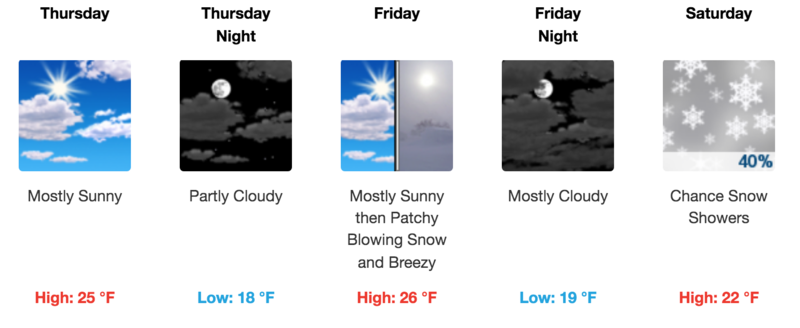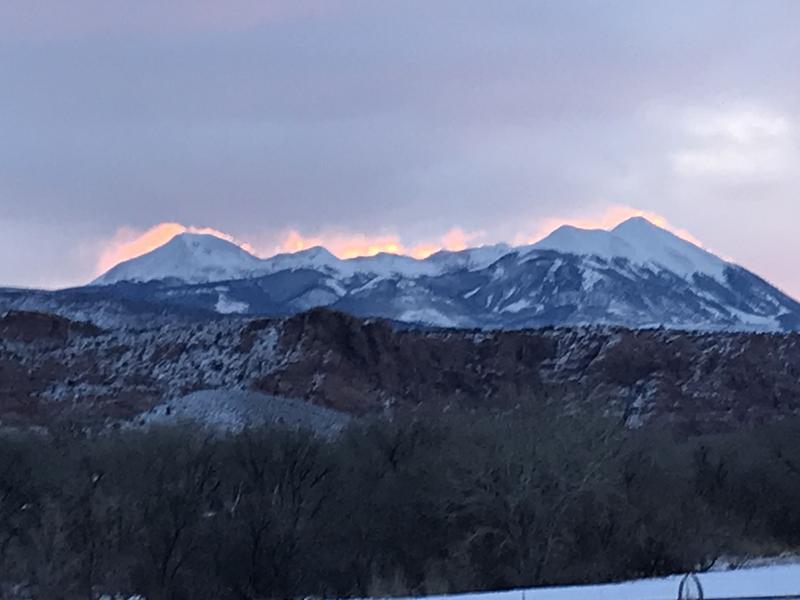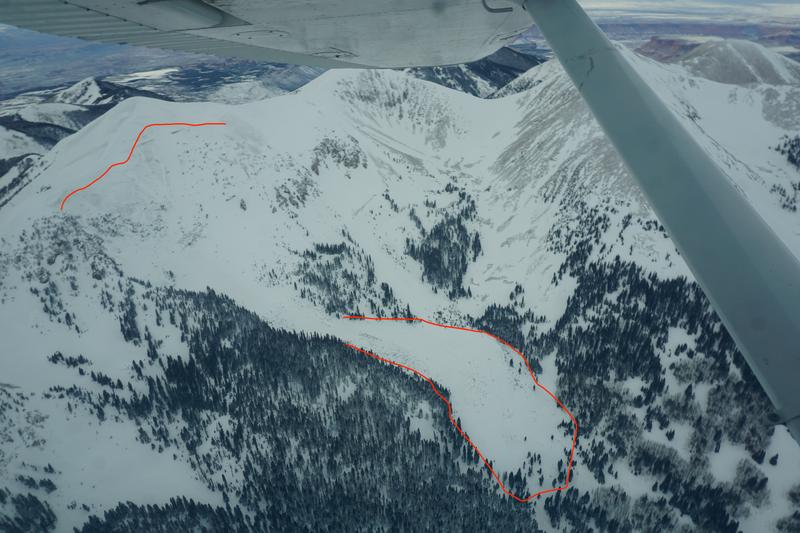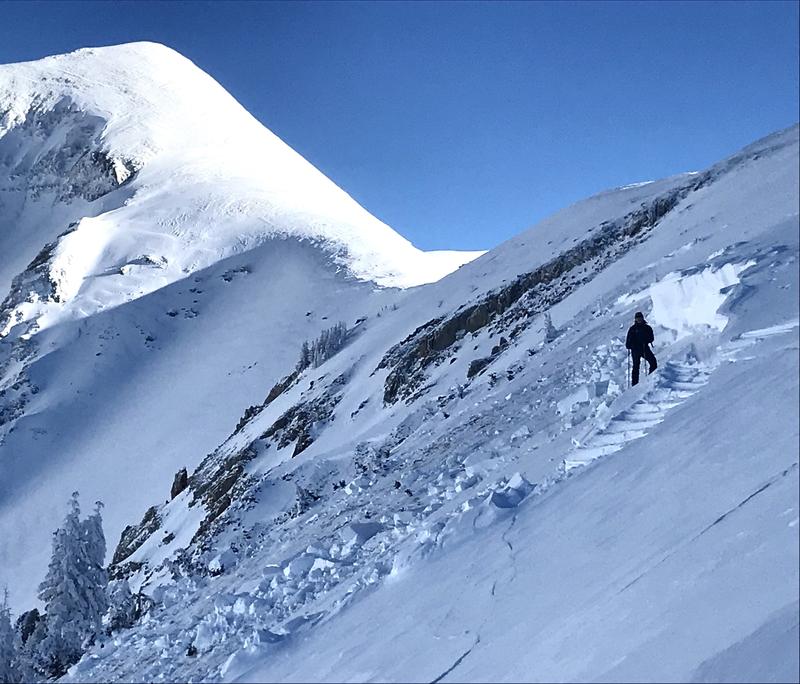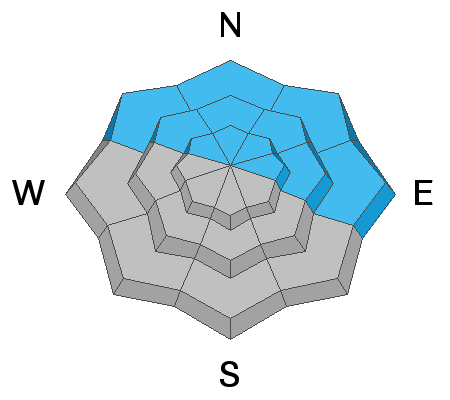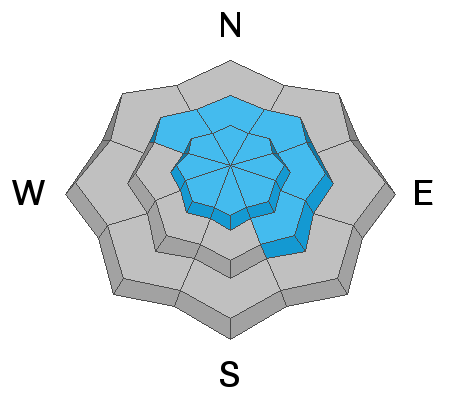Forecast for the Moab Area Mountains

Issued by Eric Trenbeath on
Thursday morning, January 6, 2022
Thursday morning, January 6, 2022
The avalanche danger is MODERATE on all steep, north facing slopes where triggering a large, deep, and very dangerous avalanche failing on a buried persistent weak layer remains possible. The danger increases with elevation and slopes with evidence of recent wind loading are more suspect.
A MODERATE avalanche danger also exists for smaller avalanches involving recent deposits of wind drifted snow. Recent wind slabs have formed primarily on slopes facing the north side of the compass but they may be found on all aspects.
Though the likelihood of triggering a deep and dangerous avalanche is trending downward, keep in mind that most avalanche accidents occur during the period when the danger begins to move between Considerable and Moderate or vice versa. Keep your guard up. A triggered, large avalanche would be unsurvivable.
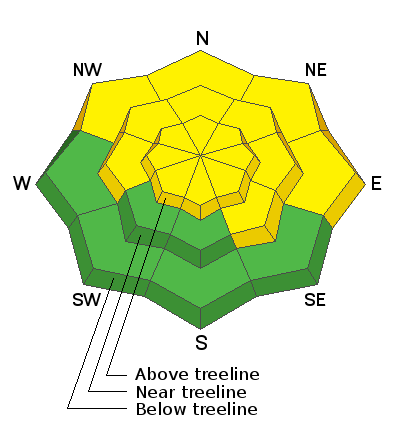
Low
Moderate
Considerable
High
Extreme
Learn how to read the forecast here


